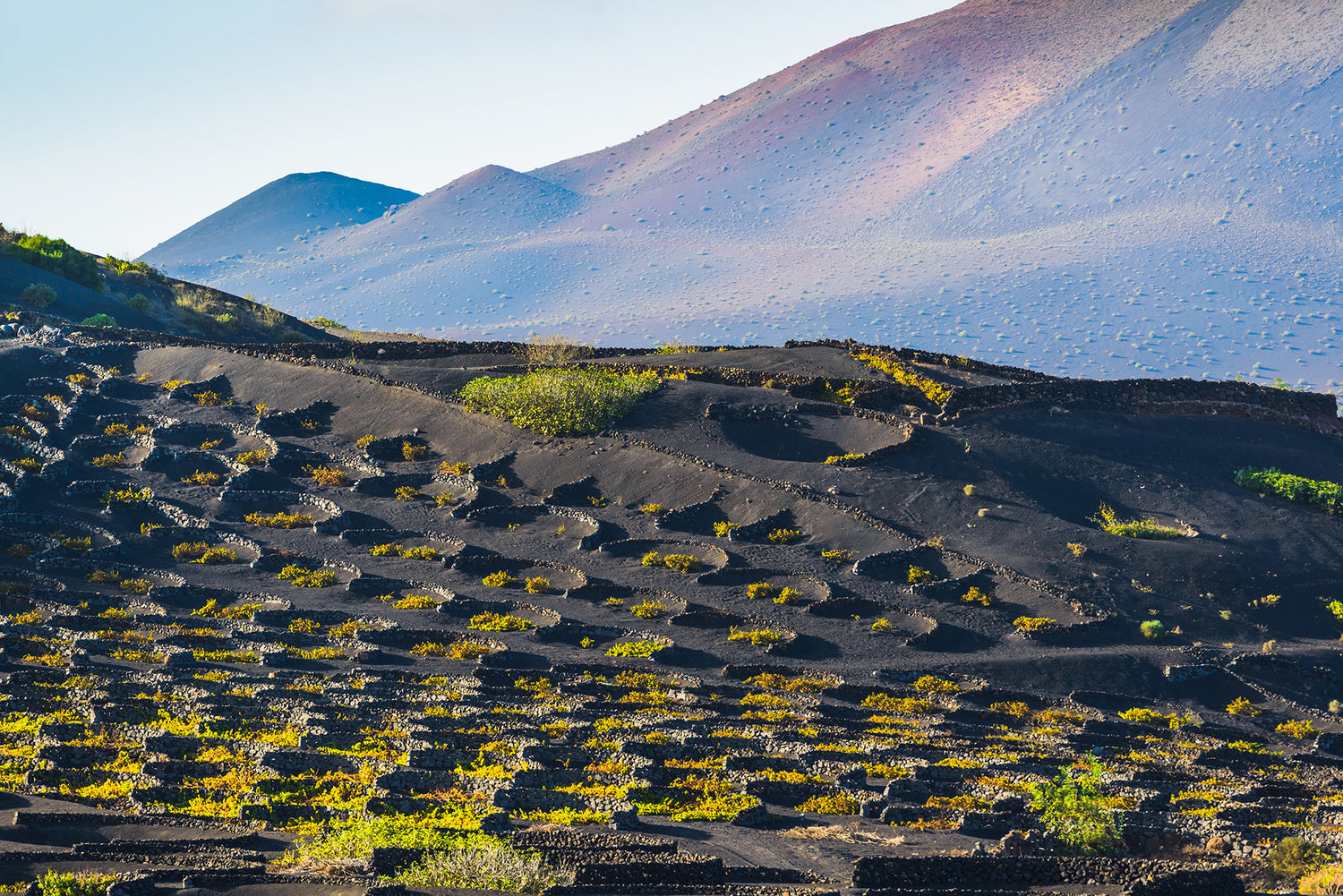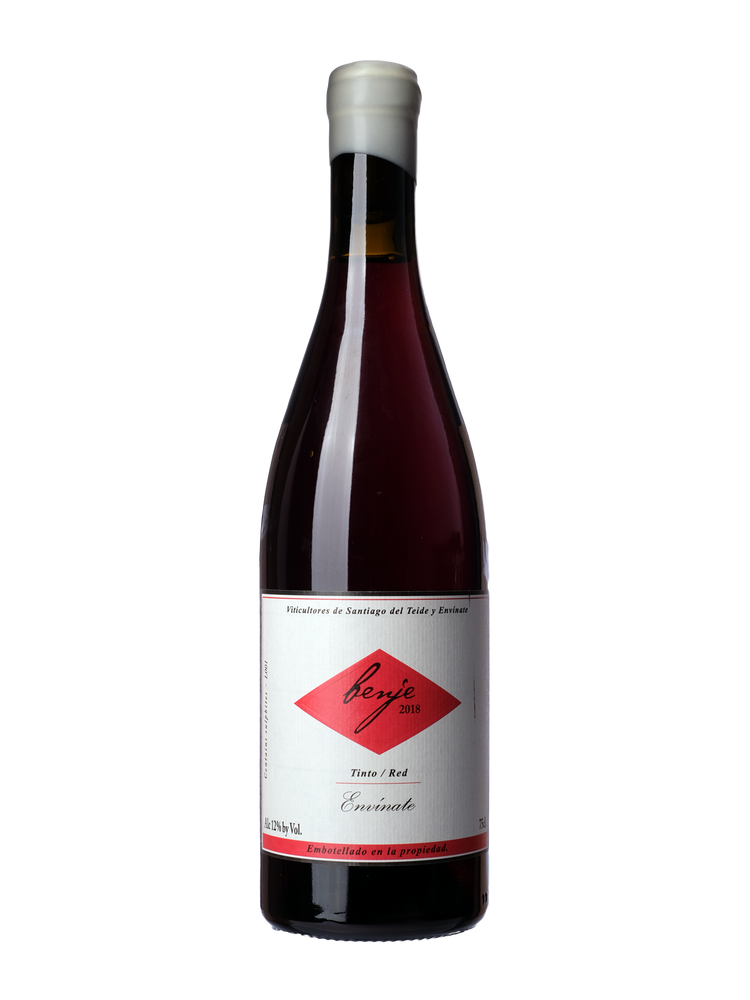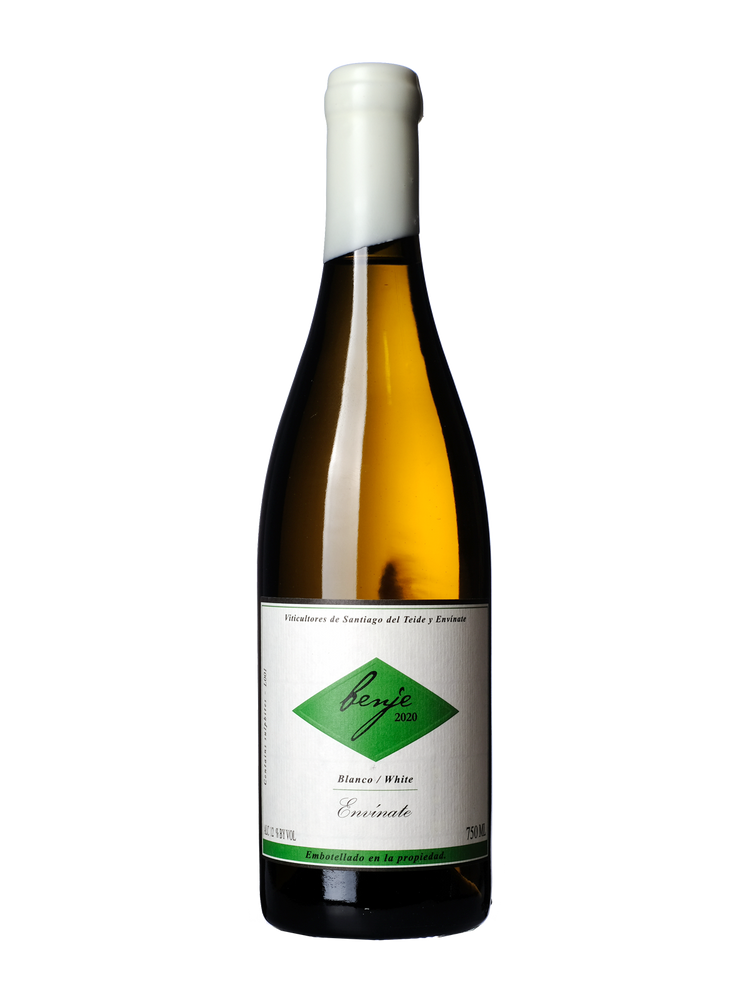The Canary Islands are home to some of the world's most unique vineyards and grape growing conditions. With a long history stretching back several hundred years, winemaking here is a big part of the local culture. Jamie Goode dives into what makes these Volcanic islands tick, and shares some of the producers driving its dynamic, modern winemaking scene.
Wine grapes like it warm, but not too hot. London restaurant chain 28-50 was famously named after the latitudes in the northern hemisphere where wine grapes can be successfully grown commercially, and it’d down at the bottom of this range – 28 degrees North – that we find Spain’s Las Canarias. These seven islands are best known to Brits as The Canary Islands, and they are an important holiday destination. When it’s too cold for the Mediterranean, they’re the best bet for a winter or early spring break, and the climate there in February beats many domestic summers. But it’s the proximity to the sea that really helps with viticulture.
Just 100 km from the West African coast, if they were continental the vineyard would be fried every summer. But with the sea influence moderating temperatures, it never gets really cold in the winter and it doesn’t get baking hot in the summer, where the average highs are comfortably below 30 C. Vines like that. In addition, there’s the altitude factor that in some places moderates the temperature. After all, this is a volcanic archipelago, and volcanoes do tend to stick up a bit.
Like many wine lovers, I first came to know about Canary Island viticulture through pictures of the dramatic vineyards of Lanzarote. Here there was a thriving agricultural scene that got wiped out by volcanic activity in the early 18th century. The thick layers of ash that were deposited left much of the island with a weird treeless landscape that looks something like a science fiction depiction of another planet, with grey black soil. Here, vineyards look like nowhere else on earth: the vines are individually planted in pits surrounded by stone walls to protect them from wind.
 The first time I visited wine country in the Canaries, though, was in Tenerife. It was the exceptional Tenerife wines from two producers that made me sit up and take notice. These are Suertes del Marques and Envinate.
The first time I visited wine country in the Canaries, though, was in Tenerife. It was the exceptional Tenerife wines from two producers that made me sit up and take notice. These are Suertes del Marques and Envinate.
They aren’t just good by Canary Island standards: they are world class wines by any standard. And if Lanzarote viticulture is other worldly, then the viticulture I encountered in Oratava, one of the main Tenerife regions, was also quite remarkable.
This is the home of the Cordon Trenzado. And it looks quite amazing. The canes of the vines are wrapped around each other in a sort of braided formation, and become a permanent cordon from which short canes are pruned and then tied in. Over time, the vine grows in a horizontal direction along the row, reaching as much as 15 m in length. Some of these vines are very old indeed. Originally, this was developed to make a success of the Malvasia grape, to allow the cultivation of other crops mid-row, and to adapt to the slopes, which can be steep. Elsewhere on the island other training systems are used, but it’s the trenzado that gets in all the pictures.

Some context. Viticulture in islands like these would have had quite a bit to do with their functions as ports. So we find islands stuck in the middle of the sea that have a wine industry that historically was all to do with trade. Madeira is a famous example, with its famous sweet wines, fortified to survive the rigour of a long sea journey. Varieties like Malvasia, Tinta Negra Mole, Verdelho, Bual and Sercial covered much of the island. However, the 19th century saw powdery mildew and then more significantly phylloxera hammer the vineyards, which drastically reduced in size.
Then we have the Aeolian Islands off the coast of Sicily, with a more recent history: their glory years were in the early 19th century when the strait of Messina became a frontier. British soldiers were stationed there, prepared to face down Napoleon, and started developing an appreciation for the Malvasia wines from these islands, particularly Lipari and Salina. Soon, this wine was being exported to England by sea. The families in Salina built bigger boats and planted more vineyards. Its economy flourished and more vineyards were planted. But then came phylloxera, destroying 90% of the vineyards and causing half the population to leave. Production resumed on a much smaller scale in the 1930s. The new wines made were called Mavasia di Lipari, with the island names of Lipari, Salina and Vulcano added.
Malvasia was also important in the history of Tenerife wine, because it was used to make sweet wines that survived sea journeys well. Canary ‘sack’ is mentioned in Shakespeare, even, as well as being noted by Johnson, Pepys and Dryden.
Other old varieties that are coming into their own today include the two most widely planted: Listan Blanco (which is Palomino) and Listan Negro. The latter is not to be confused with Listan Prieto, which is the same as the Mission/Pais/Criolla Chica that found its way to the Americas in the 16th century.
The sweet, and possibly fortified Malvasias are now a distant history and the Canaries took their viticulture in the direction of inexpensive, easy-to-drink tourist wines. But the likes of Envinate and Suertes de Marques have broken free, and these are wines of precision, balance and elegance. The combination of soils and climate here, together with sensitive winemaking after picking the grapes early enough to retain acidity, creates something magical.

Elsewhere in the Canaries, exciting wines are beginning to emerge. The most recent is an excellent set of white wines from the Gran Canaria project of footballer David Silva, Bodegas Tameran. Working in partnership with Jonatan Garcia of Suertes de Marques, David’s wines are exciting, and will only get better as Jonatan gets to know these new terroirs better, and production moves into a purpose-built winery. And then there’s the Puro Rofe wines of Lanzarote that have garnered critical acclaim, not just domestically, but on export markets.
This is, in viticultural terms, an unusual place. But the quality of the wines emerging is undeniable. Expect more great things to come!


